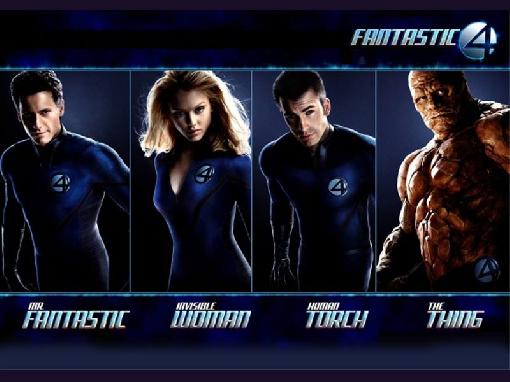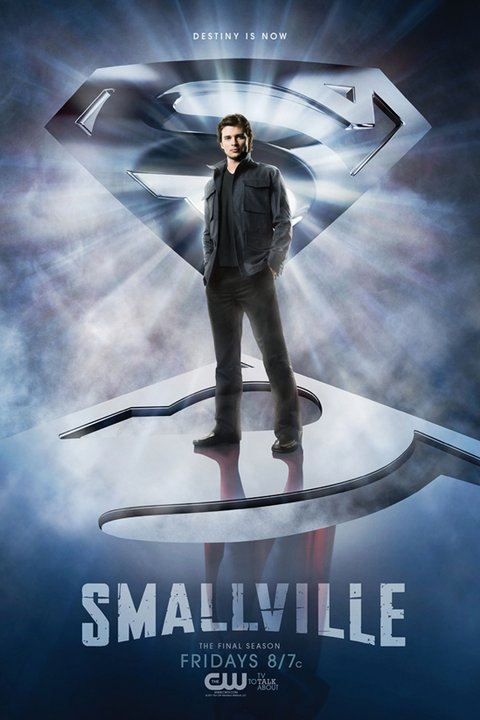In March of 2005, director Matthew Vaughn was hard at work preparing to direct the conclusion to the X-Men trilogy, X-Men: The Last Stand, taking over for a departing Bryan Singer. It quickly became clear to him that the pressure from the FOX studio executives to rush the film into production and get it into theaters for the Summer of 2006 to compete against Singer’s Superman Returns was completely unreasonable. There was no way Vaughn could make the film he wanted, so he walked away and FOX slapped together X-3 under the inept helm of uber-hack Brett Ratner. Now, seven years later, Matthew Vaughn has finally made the worthy successor to X-2: X-Men United that he always wanted to. And now that I’ve seen the finished product, it truly makes me sad to think about what X-Men 3 could have been like under the very capable hands of Vaughn, because First Class is a surprising triumph, and might be the best X-Men film of them all.
X-Men: First Class is a wildly ambitious movie that crams a lot of narrative threads into its running time, but it never feels bloated or poorly-paced. It zips along well thanks to a combination of a clearly defined (if a tad goofy) plot by the villains to kickstart the Cuban Missle Crisis and manipulate America and the U.S.S.R. into starting WWIII; and the battle of fundamental beliefs that threaten to tear two friends apart. With its miniskirts, go-go boots, lingerie-clad undercover spies, and secret, swinging nightclubs, the film threatens to careen down a slope of Austin Powers-esque kitsch at times, but quickly rights itself whenever McAvoy and Fassbender are clashing, or learning more about their unique mutant gifts from each other. The action scenes range from quieter Inglourious Basterds-meets-superhero moments, to exhilarating, epic set pieces full of spectacular explosions, and dazzling mutant powers on full display. The flight effects for the characters of Banshee and Angel, in particular, are shot in a visceral style that makes them more convincing than just about any film you’ve ever seen a human being “fly” in.

The meat of the film explores the dichotomy between young mutants Professor Charles Xavier (James McAvoy), and Erik Leshner (Michael Fassbender). If you’re familiar with the themes of the X-Men comics, or have seen the previous X-Men films, then you know the drill: Charles takes on the Martin Luther King ideology of tolerance and peaceful coexistence with humanity, while Erik embodies the more radical Malcolm X approach of casting off the shackles of human oppression and wearing the mutant badge with pride. The early part of the film cuts back and forth between Erik and Charles in their formative years; Charles lives in a posh Westchester mansion as a boy and there he befriends a young shape-shifting girl named Raven, who broke in to steal food. Meanwhile, Vaughn faithfully re-creates the opening shots of the original X-Men film, which finds young Erik violently separated from his parents in a Nazi concentration camp, then introduces us to the “big bad” of the film, Sebastian Shaw (Kevin Bacon, in a welcome change of pace from his usual affable characters), who is posing as a Nazi doctor to discover mutant recruits for his world-domination-seeking Hellfire Club. In a horrific sequence, Shaw murders Erik’s mother after he fails to demonstrate his metal-controlling powers by making a coin move, then gleefully celebrates as the grief triggers a screaming, metal-rending episode.
Vaughn deftly shows us the stark contrast between the two future enemies as we see Charles (with Raven in tow, now posing as Charles’ sister) living a cushy existence, studying genetics in the Oxford halls by day and using his charm to pick up women in pubs by night. Leshner, in the interim, has become a revenge-obsessed Nazi Hunter travelling the world to kill the Concentration camp monsters that scarred him for life, and to find his ultimate target – Sebastian Shaw. Fassbender’s screen presence in these Nazi-killing sequences is nothing short of astonishing, filled with quiet menace and simmering rage. These moments are so effective, that I could easily sit through an entire two-hour movie of Erik Leshner dispatching Nazis in various brutal and creative ways. (I swear my fillings were aching after watching one of the encounters). It’s obvious to anyone with eyes at this point why Fassbender is quickly becoming a superstar. McAvoy, while not having as meaty a role as Fassbender, is still excellent in his own right as a young, idealistic Xavier who is genuinely fascinated my genetic mutation. He turns in a very nuanced performance as the future Professor X, coming across as charming, enthusiastic, and at many points, arrogant. His initial encounters with Leshner as their friendship grows and they bond over their abilities are a joy to watch, which makes the inevitable tragedy of what is to come even more powerful.
 McAvoy and Fassbender are so mesmerizing on-screen, and their story is so compelling, that it’s easy to overlook some of the film’s flaws, like the casting of the mutant recruits and the secondary baddies of Shaw’s Hellfire Club. These youngsters (with the exception of Jennifer Lawrence) are bland, nondescript newcomers in their 20’s who offer little in the acting department, and basically serve as pawns in the battle sequences. In addition, January Jones continues to be one of the worst working actresses in Hollywood. The Emma Frost of the comics is a haughty British vamp that relishes in ice-queen wickedness, but with Jones’ vacant, bored delivery, she comes across as Shaw’s doped-up, high-class prostitute.
McAvoy and Fassbender are so mesmerizing on-screen, and their story is so compelling, that it’s easy to overlook some of the film’s flaws, like the casting of the mutant recruits and the secondary baddies of Shaw’s Hellfire Club. These youngsters (with the exception of Jennifer Lawrence) are bland, nondescript newcomers in their 20’s who offer little in the acting department, and basically serve as pawns in the battle sequences. In addition, January Jones continues to be one of the worst working actresses in Hollywood. The Emma Frost of the comics is a haughty British vamp that relishes in ice-queen wickedness, but with Jones’ vacant, bored delivery, she comes across as Shaw’s doped-up, high-class prostitute.
The supporting cast, led by a lively (and sexy) Rose Byrne as CIA liaison Moira McTaggert, also boasts veteran presence Oliver Platt as the head of the CIA’s mutant division, About a Boy‘s grown-up child star Nicholas Hoult as Hank McCoy (a genius teen scientist with ape-like feet and enhanced reflexes), and the smoldering Jennifer Lawrence as the teen Raven/Mystique. They all lend life to the proceedings with their more than capable performances. One of the film’s more interesting facets is a psuedo-love triangle between Raven, McCoy, and Leshner. Raven is immediately smitten with McCoy, and he promises to help “cure” her blue-skinned, yellow-eyed appearance with a serum that he is developing to rid himself of his over-sized peds. Leshner enters the picture by telling Raven that she should never be ashamed of who she is; that she should embrace the power and beauty she holds in her true form. It’s an intriguing little element of the screenplay that helps flesh out all three characters. Terrific cameos by longtime character actor favorites like Ray Wise, Michael Ironsides,Glenn Morshower, Rade Serbedzija, and James Remar, round out the very solid cast.
In a more forgiving world, X-Men: First Class would be the franchise rejuvenator the X-Men saga desperately needs, but the acrid stench and bitter taste of X-Men Origins: Wolverine, and X-Men: The Last Stand are likely too fresh in the movie-going public’s senses to truly make this a Summer blockbuster on the level of the upcoming Harry Potter finale. Still, it’s a fantastic mash-up of Superheroes, James Bond, and a story of two men whose friendship is torn apart by ideology.









